Graduate Institute
Scholarship holders in 2018
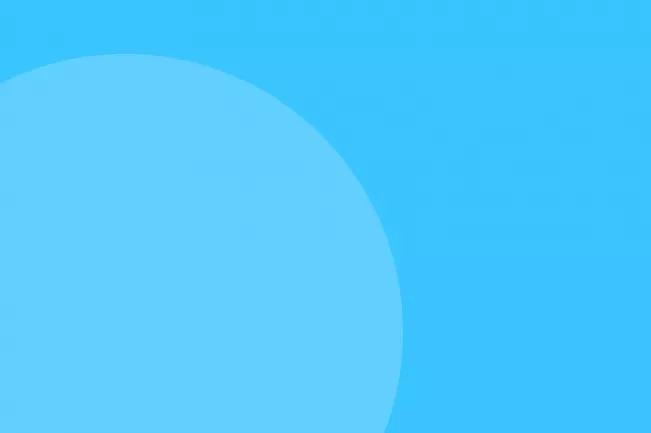
Ahmad Drak develops a flying robot system that is capable of efficiently exploring the ever-changing environment in which it moves. The result is a wealth of useful information that the system is designed to learn and maximize. Firstly, it shortens the time the robot takes to explore its environment, and secondly, it reduces the energy consumption of the robot system.
Ahmed Drak ist Stipendiat des Instituts für Technik, Ressourcenschonung und Energieeffizienz (TREE). Weitere Informationen.
*************************************************************************

Hydrogen as an energy carrier is a promising alternative to fossil fuels. An important aspect for its use is storage, for which metal hydrides are suitable. The gas is chemically bound in a metal or metal alloy. One of David Dreistadt's research goals is to investigate the integration of such metal hydride storage systems for hydrogen into modern energy supply networks. With the help of the simulation, knowledge about the optimal design and operation of these networks is to be gained.
David Dreistadt ist Stipendiat des Fachbereichs EMT. Er kooperiert mit dem Unternehmen GKN Powder Metallurgy.
*************************************************************************
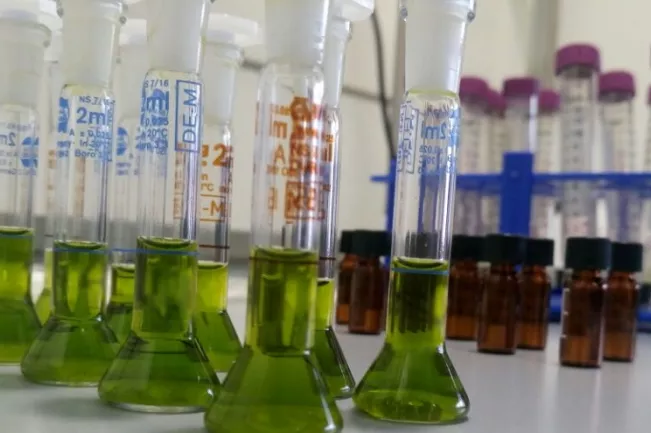
Plastic packaging is usually made of crude oil and contains chemicals that prevent the packaging from decomposing and significantly increase its shelf life. Thomas Havelt is researching plant alternatives for these chemicals, some of which are hazardous to health and the environment, with the aim of developing more environmentally compatible packaging.
Thomas Havelt ist Stipendiat des Fachbereichs Angewandte Naturwissenschaften und arbeitet im EFRE-Projekt (Biobasierte Werkstoffe und Verpackungsmaterialien, Teilprojekt Bioaktive Additive) am H-BRS-Standort Rheinbach.
*************************************************************************
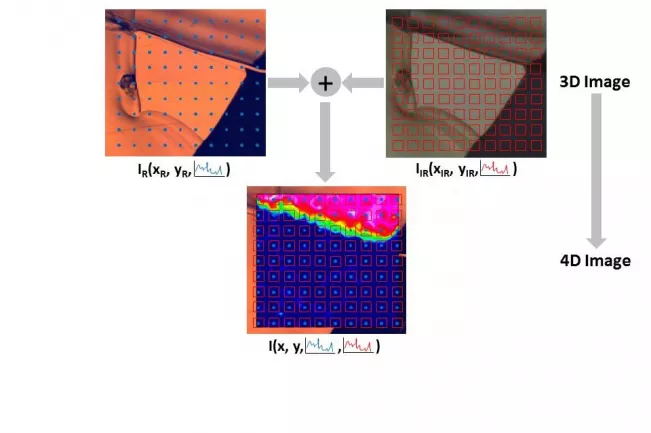
Raw meat quickly shows bacterial infestation. If the infected meat is consumed, it can be a health hazard above a certain amount. Daniel Klein therefore wants to make contaminations (e.g. bacteria) visible on complex surfaces (e.g. meat). He combines spectroscopic data from IR and Raman spectroscopy from the same measuring regions to show where contaminations can be found. The combination of the two methods should increase the information content of the data set and at the same time reduce the error rate in contamination detection.
Daniel Klein ist Stipendiat des Instituts für Sicherheitsforschung (ISF).
**************************************************************************
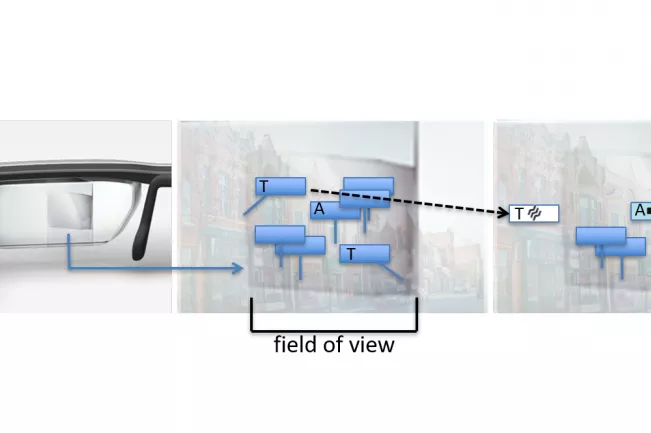
Data glasses are glasses in whose field of vision all imaginable information is displayed visually at the same time. However, even modern data glasses only have a very limited field of vision. Unwanted side effects such as distortion, incorrect depth interpretation or poor legibility of information are the result - especially with increasing information density. At H-BRS, common interdisciplinary view management methods are researched and improved. For example, part of the visual digital information is to be converted into audio and vibration stimuli. Alexander Marquardt's focus is on the design, development and technical implementation of this novel, multisensory information supply. His goal is to reduce visual complexity. It also aims to draw the user's attention in the most intuitive way possible to the information that is of particular interest to him or her.
Alexander Marquardt ist Stipendiat des Institut for Visual Computing (IVC) in der Arbeitsgruppe 3DMi.
*************************************************************************
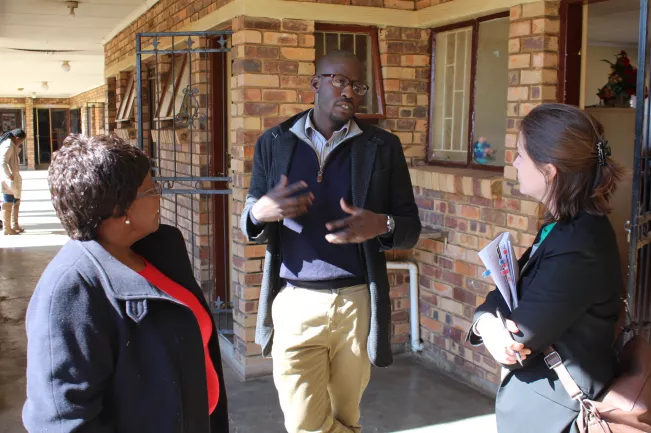
South Africa is characterised by high unemployment, poverty and inequality. The universal basic income support (UBIG) was discussed as a political option, but not systematically. Currently, different concepts of the UBIG exist, and it is not known whether different variants of the UBIG would lead to different (political) levels of support. Brian Mathebula's research focuses on the different conceptual understanding of the UBIG. He wants to know what socially accepted preconditions would be necessary to implement the unconditional basic income in South Africa.
*************************************************************************
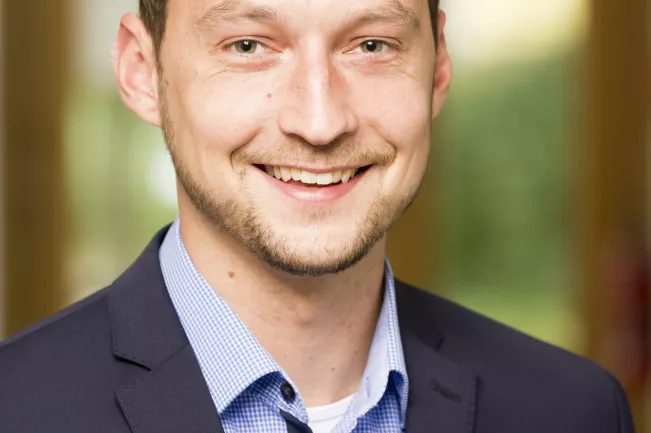
Michael Meurer's research interest gets under the skin. He deals with Transdermal Therapeutic Systems = TTS. These are drug patches that are stuck onto the skin and release active substances from a depot into the body. These patches are used to treat severe pain or diseases such as Alzheimer's and Parkinson's disease. Unfortunately, the adhesion of these plasters to stainless steel plates is unfortunately tested as a standard method far removed from the application. On human skin, however, the adhesion can be quite different. That is why Michael Meurer is researching application-oriented test methods on artificial skin substrates in order to advance the further development of plasters. The goal is the adhesion of the entire patch to the skin over a period of up to one week.
Michael Meurer ist Stipendiat Instituts für Technik, Ressourcenschonung und Energieeffizienz (TREE) im Projekt MOTTSAL.
*************************************************************************
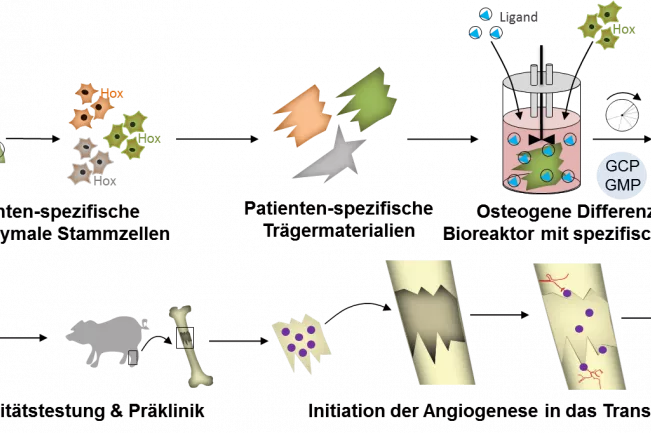
Patrick Ottensmeyer is investigating how people with large bone defects and a need for transplants can be helped. He isolates human stem cells from fat and differentiates them into bone cells on a carrier material. Using "HOX" transcription factors, he hopes to define the best body region for stem cell harvesting. In addition, Patrick Ottensmeyer is trying to stimulate bone cell development and the formation of new blood vessels for the supply of the graft with specific receptors. The new system will be tested in cell cultures, bioreactors and preclinical applications.
*************************************************************************
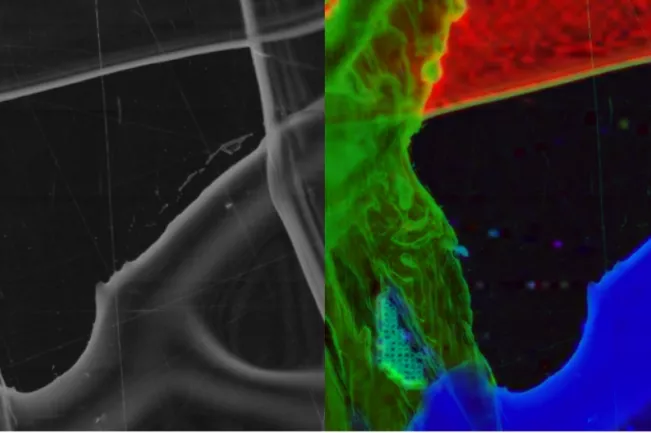
Raman and infrared spectroscopy are two different optical measurement methods. In combination with a microscope, they are used to examine the smallest microscopic samples. The samples are examined with regard to their surface condition, but also with regard to their material composition. Under certain conditions, the resulting images (hyperspectral images) may contain complementary information of the same sample. Christoph Pomrehn develops strategies within the scope of this research topic to obtain this information from the generated images and to make it accessible for computer-aided analysis in selected applications.
Christoph Pomrehn ist Stipendiat des Fachbereichs Informatik.
*************************************************************************
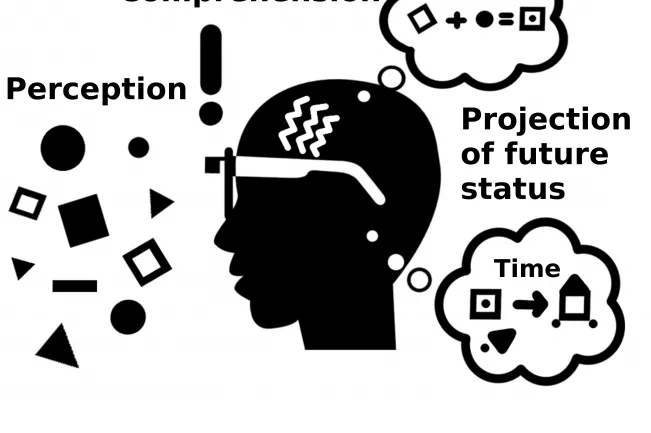
Augmented Reality glasses are data glasses in whose field of vision all imaginable information is displayed visually at the same time. This information is intended to improve awareness of certain situations by correct perception, interpretation and assessment of the surroundings. Current AR glasses, however, have one disadvantage: their field of vision is so small that the information they display can obscure critical information from the environment, distract the wearer or overwhelm him with too much information density. Like Alexander Marquardt, Christina Trepkowski is also working on converting part of the visual digital information into audio and vibration stimuli. As a psychologist, her focus is on evaluating, comparing and optimizing these novel methods by developing and applying methods to measure the situational awareness of spectacle wearers.
Christina Trepkowski ist Stipendiatin des Institut of Visual Computing (IVC) in der Arbeitsgruppe 3DMi.
*************************************************************************
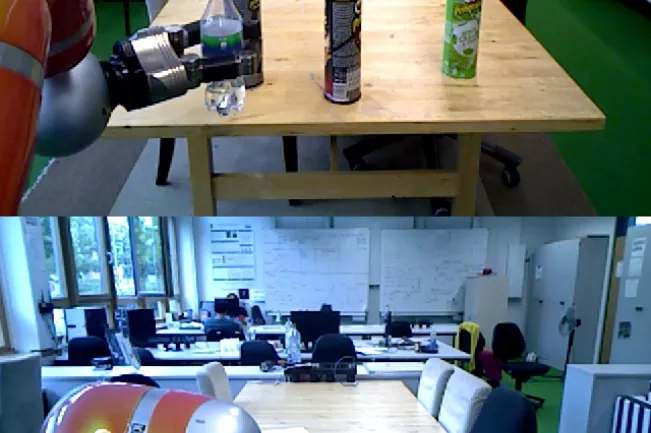
Robots are usually programmed for tasks by following a list of actions like moving, looking, picking, etc. When something unexpected happens, a robot often cannot handle the situation because 1) it has not recognized that something has gone wrong and 2) it has not been programmed for the new situation. Recognizing such situations allows robots to decide whether to proceed with the task, inform a human about the problem, or try to solve the problem themselves. Santosh Thoduka's work focuses on using the robot's camera to detect unexpected situations that may occur while the robot is performing a task.
Santosh Thoduka ist Stipendiat des Graduierteninstituts. Weitere Informationen.
*************************************************************************
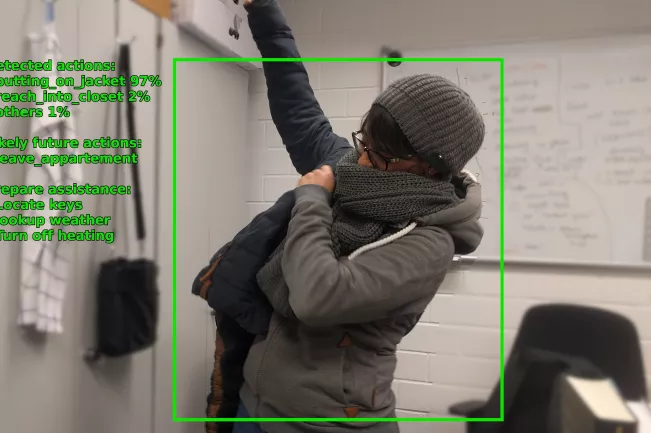
With the help of example videos, you can teach a computer program how people carry out activities in their home environment. The aim is to "train" robots and enable them to provide assistance in everyday life. Unfortunately, there are not enough such example videos from daily life, because first of all they are considered too boring to be adjusted in large numbers on known video platforms and secondly actions shown in parallel in the video have to be marked by hand before the program can learn them. This is why Maximilian Schöbel's dissertation deals with methods from other fields that require little or no manual labelling. These should then be applied to the recognition of everyday activities in videos.
Maximilian Schöbel ist Stipendiat des Graduierteninstituts und ins MAS-Team unserer Hochschule eingebunden. Er promoviert in Kooperation an der Universität Bonn.
*************************************************************************